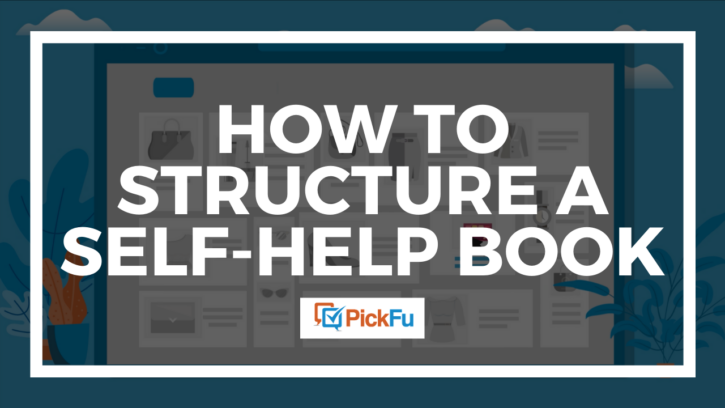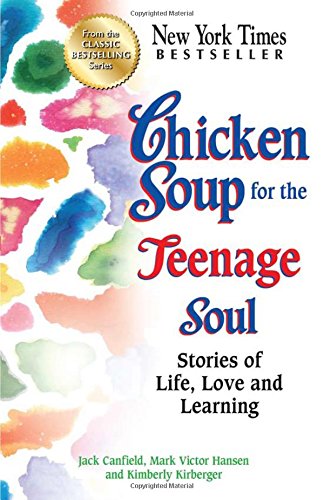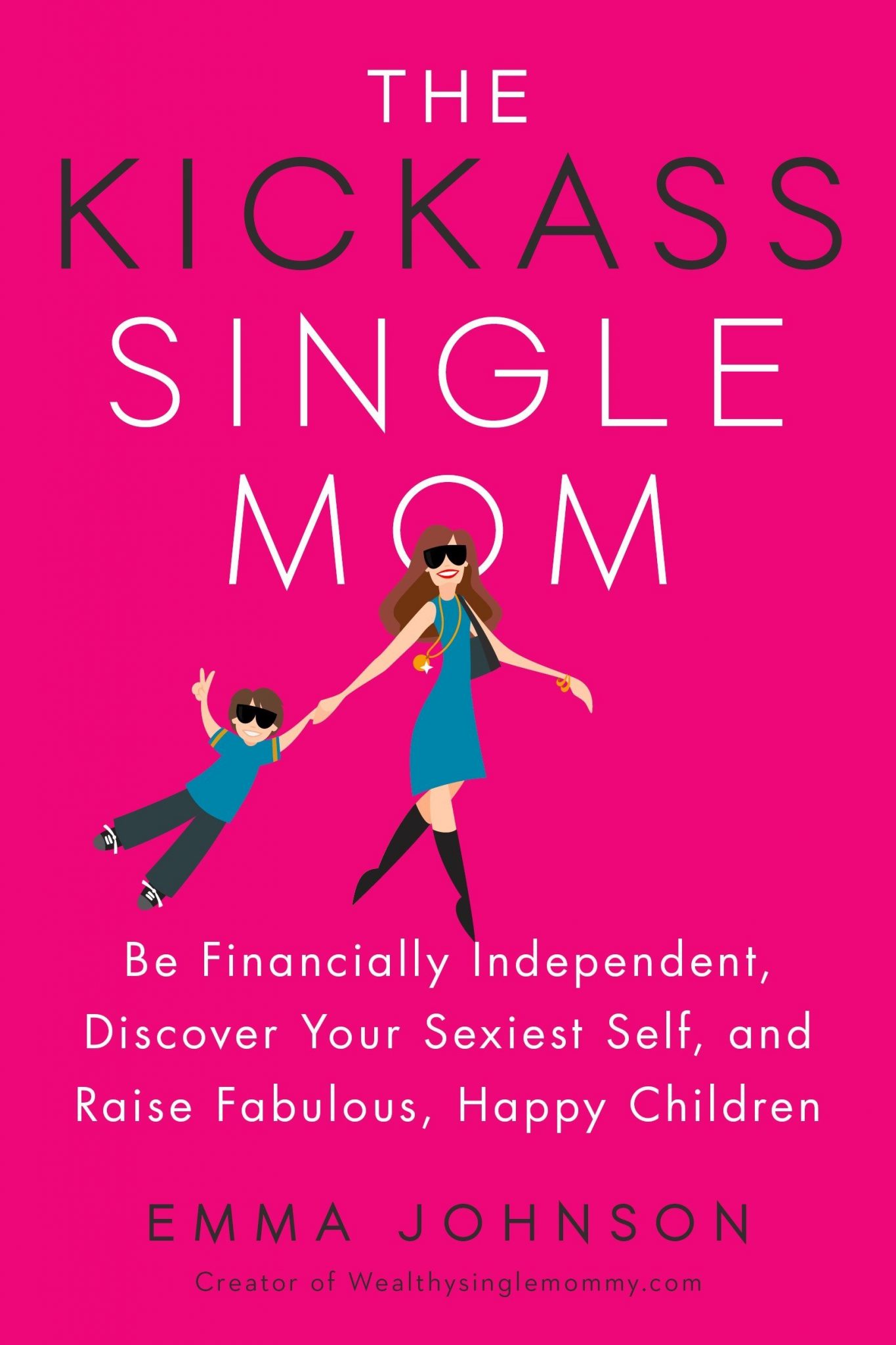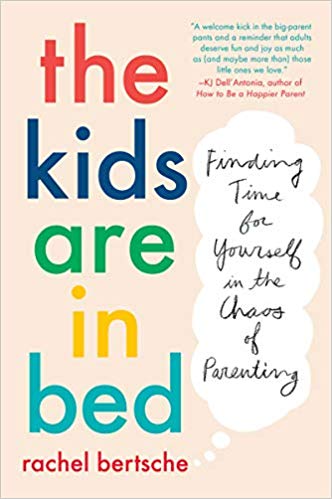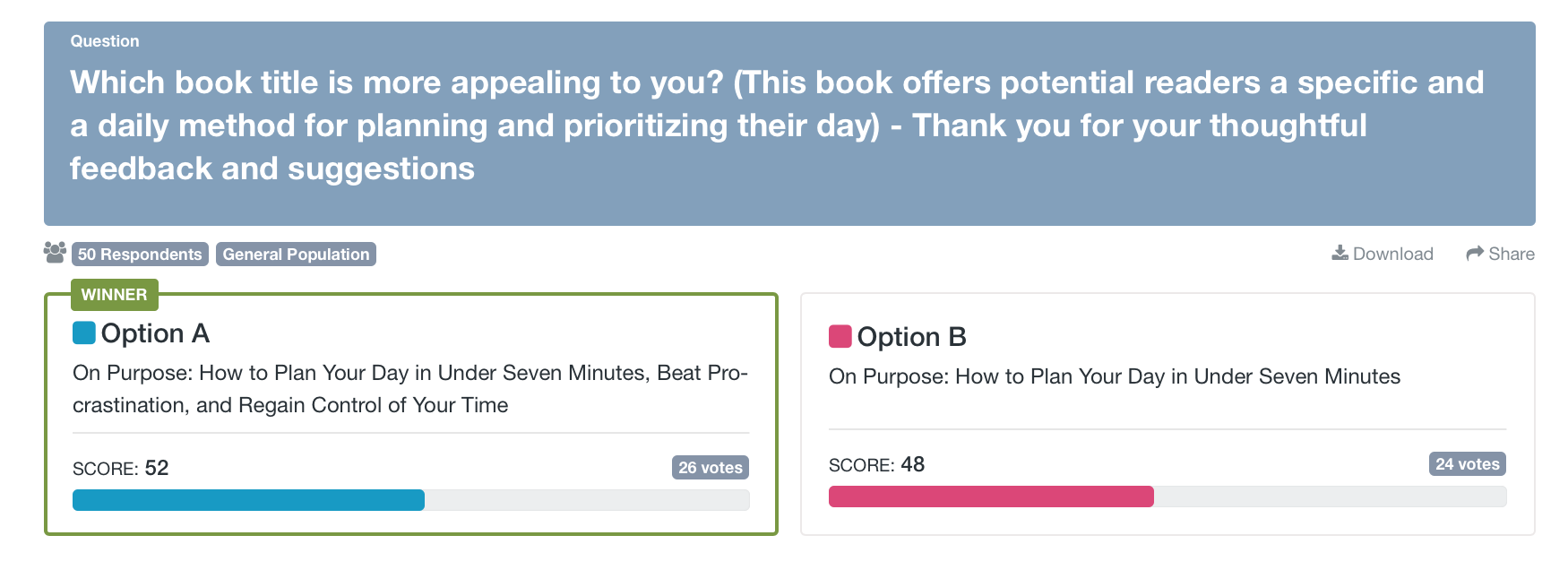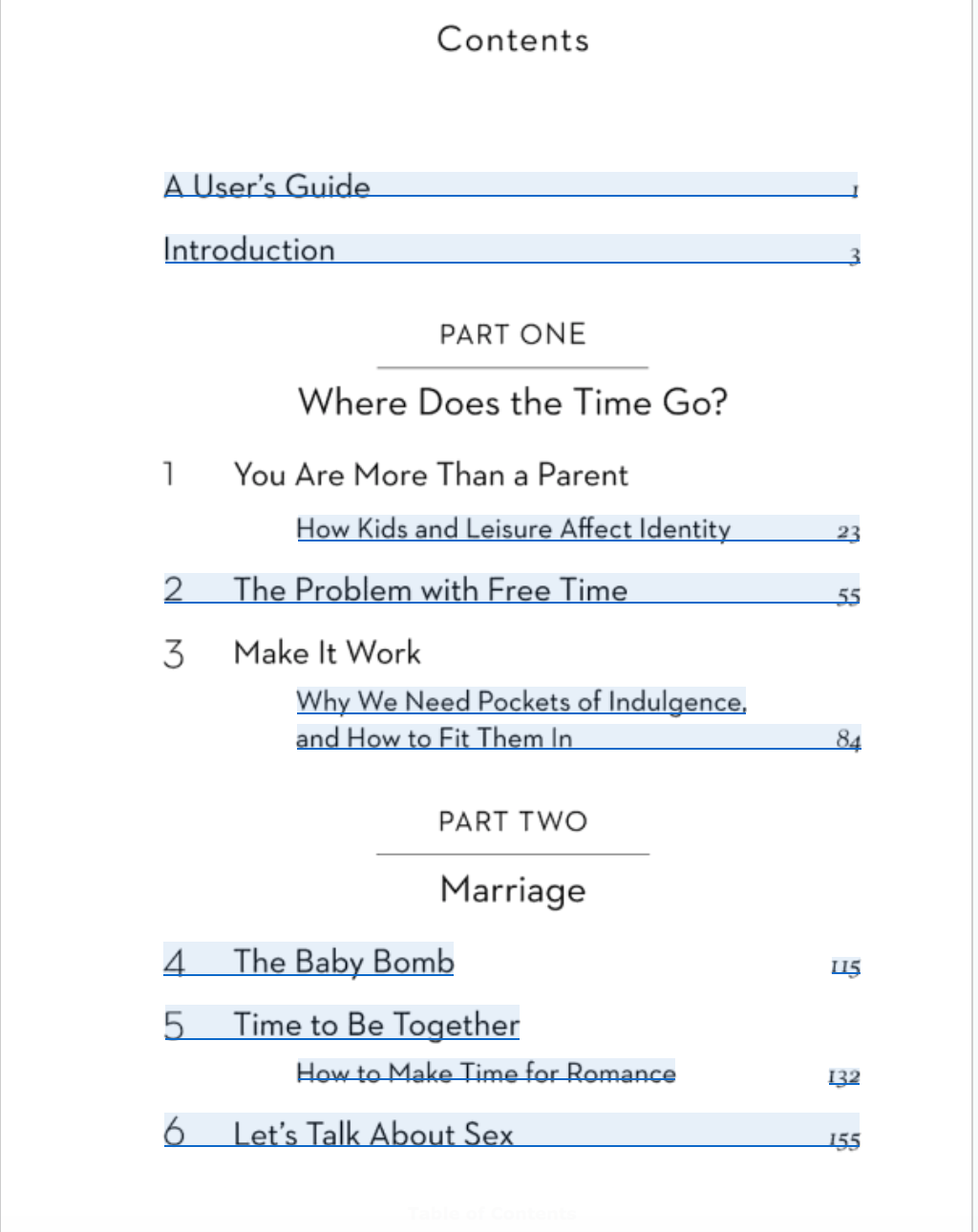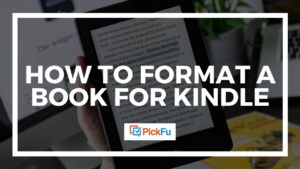Back when I was a curious high schooler in my mom’s English class, I got to read a slew of self-help books. My mom always had her sophomores read them extensively, hoping to arm teenagers with wisdom as adolescence hit with full force.
The structure a self-help book had was important to me even then.
I used to check the table of contents for the juicy-sounding titles. Chicken Soup for the Teenage Soul, for example, offered chapters named “My First Kiss, and Then Some” and “Dead at 17.”
I’d eventually get around to the other chapters. But comical teenage curiosity aside, like many readers of self-help books, I appreciated how the structure allowed me to jump around.
If you’re writing a self-help book, you’re sure to have a market of readers out there who need the advice you’re giving. So, you need to know how to craft a structure that allows for selective reading.
That way, readers can focus on
This guide will show you exactly how to structure a self-help book.
Choose a focused topic
It can actually help to map out the structure of a self-help book before you begin drafting. You can always change things around later if you need to.
You probably already have a topic idea in mind, but there are two key points you must remember:
- Always select a topic you’re interested in and have at least some experience or expertise with. Be willing to research what you don’t know.
- Narrow your focus.
Point One is important because if you aren’t passionate about a topic, you might not finish the book. Even if you do complete the book and put it out there halfheartedly, readers will smell that and your book might not sell.
And here’s what Point Two means: if you want to write about motherhood, that’s a good starting point. But it’s broader, deeper, and more filled with cracks and crevices than the Grand Canyon.
You need to choose one of those crevices and make it the topic of your self-help book.
Take a look at these three self-help books for mothers.
The three titles:
- Good Moms Have Scary Thoughts: A Healing Guide to the Secret Fears of New Mothers
- The Kickass Single Mom: Be Financially Independent, Discover Your Sexiest Self, and Raise Fabulous, Happy Children
- The Kids Are in Bed: Finding Time for Yourself in the Chaos of Parenting
Every single title is incredibly focused. You know exactly which specific motherhood issues each one will cover.
Decide on your subtopics
Once you’ve niched down your topic, it’s time to write out a list of potential subtopics.
Say I chose to write a book about how to successfully become a work-from-home freelance writer with small children at home.
I’d then brainstorm a list of 10-15 phrases, like this:
- Finding the time to work
- Is a home office necessary?
- Childcare
- Pros and cons
- Tax knowledge is important
- Setting your hours
- What rate to charge
- Handling vacations
- Taking time off
- Finding quality clients
- Building a portfolio
- Accounting software: do you need it?
- Everyone should have a filing cabinet
These all came off the top of my head, and that’s how it should be with your brainstorm, too. Don’t worry about putting anything in order during this phase. Let your creative muscles help you work things out.
These will become your subtopics. The best way to see if they have legs or not is to write the first paragraph of each subtopic.
You may find that you can combine two topics. For example, from the above list, I might merge “Accounting software: do you need it?” with “Everyone should have a filing cabinet.”
Or I might turn “Everyone should have a filing cabinet” into “The Importance of Keeping Organized.”
Find your tone
Once you’ve created a topic list and have drafted the first paragraphs of each, it’s time to think about your tone.
First, consider what’s appropriate for your audience. If you are writing a parenthood book about how to
Something compassionate and caring would be more appropriate.
But if you’re writing about how to survive the toddler years in one piece, humor is literally as necessary as air. There’s no other way to get through situations like this:
After you know what tone to cultivate, go through and tweak your chapter titles accordingly. Play around until you’re satisfied with the way they sound.
For example, if I decided to strike a motivated but humorous tone with my book about freelancing as a mother, I might tweak the title and a few of the chapters like this:
Title:
Becoming a Freelancing Mama Without Losing Your Mind: A Guide to Building a Freelance Writing Business With Toddlers Clinging to Your Legs
Chapters (in no particular order):
- You Do Not Want to Ignore Taxes
- Charging a Rate Worth a Mother
- Why You Should Become a Freelancing Mama
- Why You Shouldn’t Becoming a Freelancing Mama
Now that you have a tentative title and chapter headings…write a couple more variations.
Testing your titles
With creatively written titles in hand, head over to PickFu. Our panel of respondents vote and comment on their favorite versions of your title. You can split-test the variations against each other like this PickFu user did for their self-help book:
This poll tests only the subtitles, but your options are limitless: test the entire title. Test the subtitle and the title. Test chapter headings. And so on.
In the above poll, Option A reads, “On Purpose: How to Plan Your Day in Under Seven Minutes, Beat Procrastination, and Regain Control of Your Time.”
Option B says, “On Purpose: How to Plan Your Day in Under Seven Minutes.”
Even though Option B is shorter and more attention-grabbing at first glance, Option A won.
Commenters said things like, “[Option] A is a little bit wordy, but it explains that the book will address many aspects of time management and that makes it much more valuable to me than [Option] B. [Option] B’s description sounds very one-dimensional and not as useful.”
Another added, “I really like the clarity on Option A. Option B is sort of generic and might make some wonder what all is being done in that seven minutes.”
For self-help books, having clear, pointed subtitles can make a positive difference in who looks at and buys your book.
The open-ended poll
If you really love your title and don’t have another idea to test it against, run an open-ended poll.
This PickFu user did just that — and for a parenting self-help book, no less.
There are two things this user could have improved upon:
- Testing with a target audience of parents rather than the general population
- Leaving out the leading word compelling, which led some respondents in a positive direction they might not have actually felt
Still, the PickFu user got valuable feedback.
One respondent wrote, “It’s a title with depth and substance. It’s truly a navigation to get through parenthood and the word roadmap on the book cover is somehow comforting and useful as a title.”
Several other respondents also resonated with the word roadmap, although some wished the word parenting had not been repeated.
Respondents even offered what they considered better versions of the subtitle. One wrote, “
That’s what’s so helpful asking a pool of respondents who can approach your book idea with fresh eyes. In open-ended polls, they’ll actually help you figure out a title or subtitle that they believe would perform better.
You can take their ideas and use them to craft a catchier title or more pointed subtitle. And then, test again with your target audience to make sure the response is a resounding yes. This title is catchy, informational, and intriguing. I want to read this book!
Organizing your book
Now it’s time to take all the creative information you’ve gathered and assemble it into a well-structured book.
And yes, you can totally do this before writing the book itself. Your structure will act as an outline that you can tweak as you write.
Without it, you might wander so far off-topic that you’ll derail readers and they won’t come back.
The importance of an introduction
Remember how I mentioned that you have to have personal or professional experience in your topic before you commit to writing it?
The introduction is where you prove that you hold this expertise. It’s also a mini-essay that hints at the structure of your self-help book.
It could start out like this:
I had my baby at twenty-three years old, just a year after joining the workforce. I quit pretty quickly after realizing that my job demanded too much of me. That I couldn’t become the mother I wanted to be if I stayed.
But this led to other problems. Things like not knowing how I was going to afford the copay for my son’s doctor visits on my husband’s extremely low teaching salary.
And besides, I just missed earning money.
So when my kid was two years old, I stumbled into the world of freelance writing almost by accident.
Now with five years of experience and a steady income that comes solely from my freelance work, I’ll show you how to plunge right in — on purpose. No accidents needed.
Do you love to write? Are you ready to start making money while still having lots of time for your young kids?
I’ll show you exactly how to do it.
An introduction like this tells a story. It gives proof of experience as not only a mother but also a successful freelancer. And it includes a call to action — an invitation for the reader to join the author on a road to fulfillment and success.
And yes, putting your introduction in front of a target audience of PickFu respondents is a smart idea. You never know what you could be missing, and
How to organize chapters
Use your first chapter to explain the problem. The reader’s pain point. You may have hinted at it in the introduction, but now is the time to bring it out in full force.
In the case of my hypothetical freelancing book, my first chapter would answer the question, “Why freelancing?” Why not try LulaRoe, Mary Kay, Herbalife, or Beachbody, as some moms who desperately need more cash do?
My first chapter would lay out the problem that using my writing skills to freelance can solve.
For instance, I’ve seen friends go through several multi-level marketing (MLM) companies like those mentioned above without gaining any sort of income and worse, going into debt.
The second through 10th+ chapter
Here, you can address 10 or more issues in any order you find helpful. This allows readers to jump from chapter to chapter without feeling like they’re missing something huge.
Often, authors of parenting books,
Other self-help books build each chapter on the last. In my pretend freelancing book, the chapters might follow the order I think makes sense for starting a writing business.
But once that was covered, I might simply lay out various elements of the career for moms to read at their own pace.
Choose whatever layout works best for you, your audience, and your topic. You can also divide your book into parts. In the first part, I’d detail chronologically how to start a freelancing business.
In the second, I could address common issues like taxes, budgeting, making time, and more.
And in the third, I could do a question-and-answers section. PickFu can come in handy here, too — simply run an open-ended poll with your title and description and say, “What questions would you have about this book?” or “What questions do you want this book to answer?”
There are many creative ways to structure a self-help book so that it best fits your readers. PickFu can help you find out exactly what makes them tick.
Creating a Table of Contents
One of the first things readers look at when they open your book?
The table of contents. This gives them a sneak peak of what they’re going to get.
Even if you’re planning to sell your self-help book as an ebook, your TOC needs to shine. On Amazon, the TOC is often featured in the ‘Look Inside!’ snippet.
Above, you’ll see the ebook Table of Contents for The Kids Are in Bed: Finding Time for Yourself in the Chaos of Parenting.
In an ebook, readers can easily jump from chapter to chapter, much like I did with print books as a teenager in my mom’s English class.
As with the other components of your book, run a PickFu poll on your TOC to get candid feedback from your target audience.
You can put your outline in front of 50-500 non-fiction readers and get their reactions quickly. You even combine targeting to include their format preference (e-book or printed book, audiobook).
Or tailor your poll audience by your book’s intended audience. For example, a self-help book for dads can be tested on PickFu with an audience of men with children, or a dog owner’s manual can be tested with an audience of dog owners.
Why this legwork is important
By putting all this hard work into the structure of a self-help book, you’re getting ahead of competitors and crafting a quality book.
When your self-help book is ready for publication, you’ll know that your target audience loves your idea. You’ll have taken every bit of feedback from PickFu respondents to heart, and it will show in your sales.
If you have any questions, let us know in the comments below. Then head over to create the first poll to help structure your self-help book!
